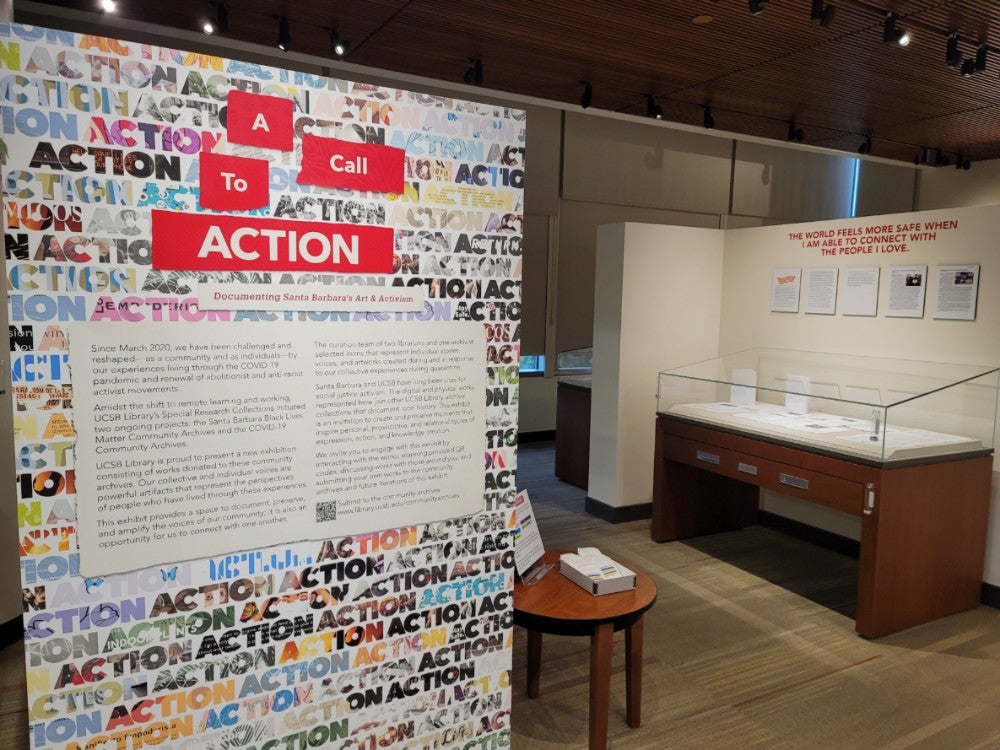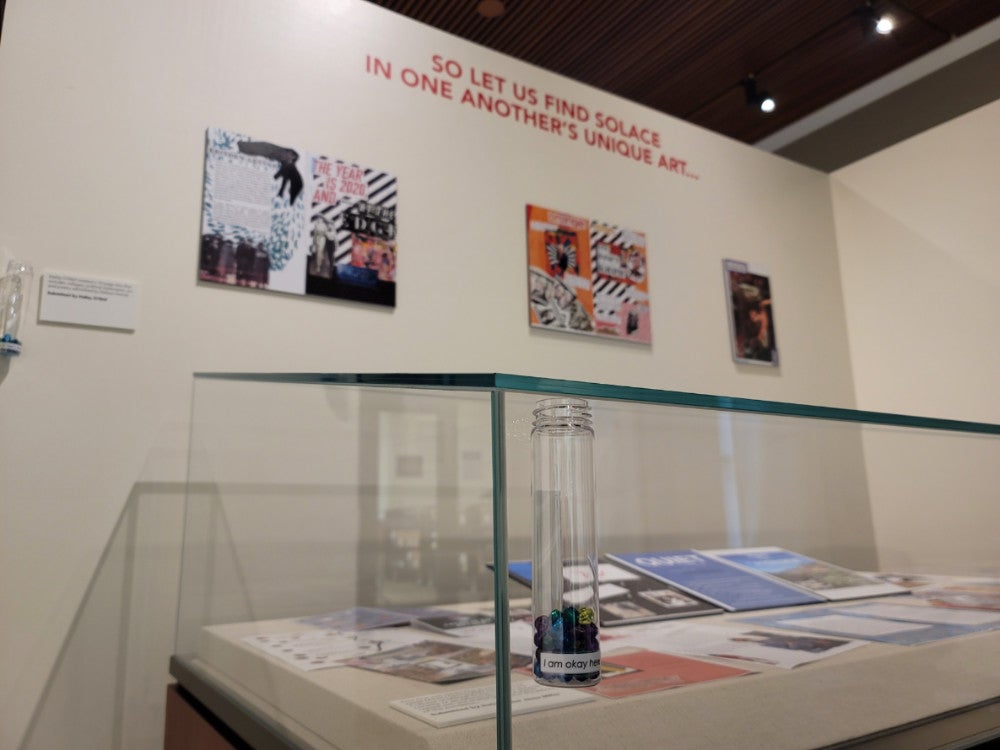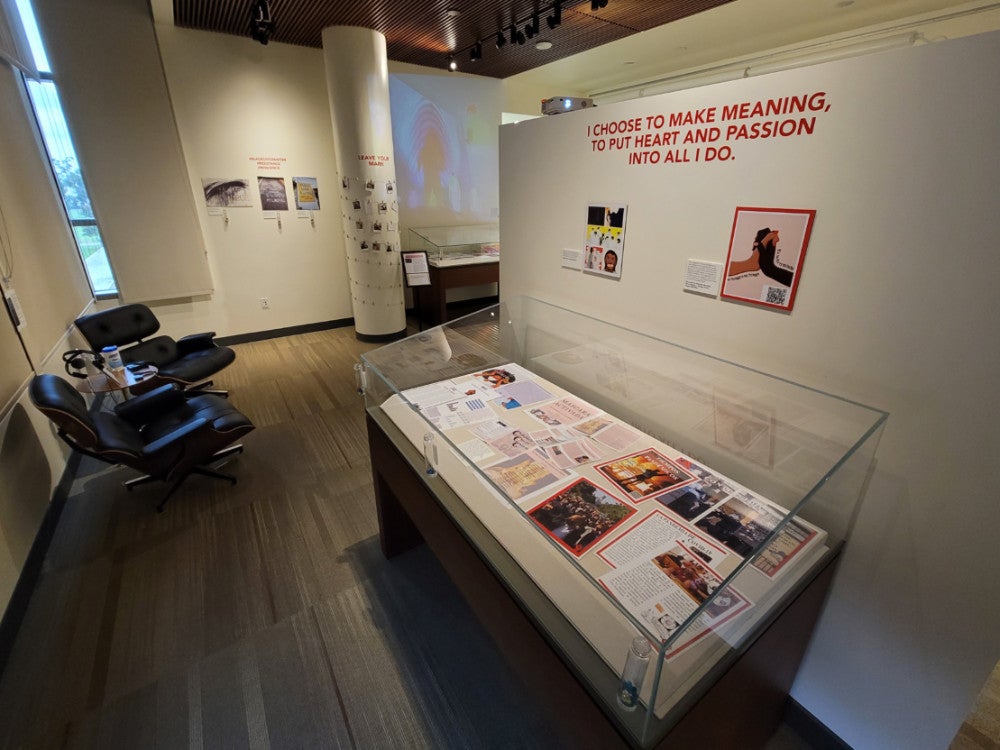‘A Call to Action’
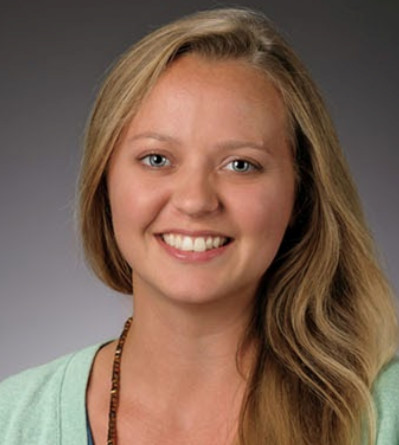
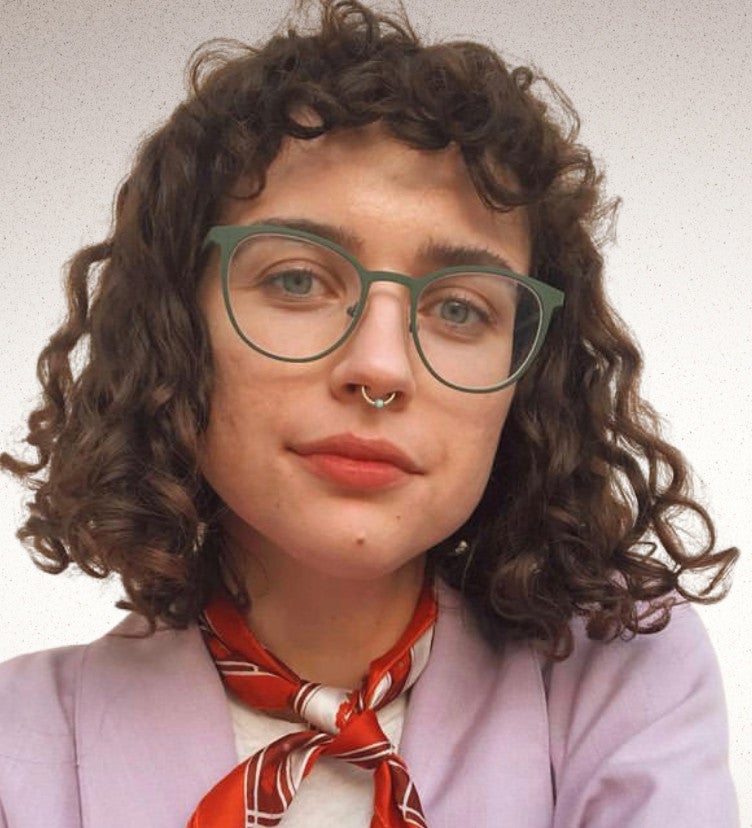
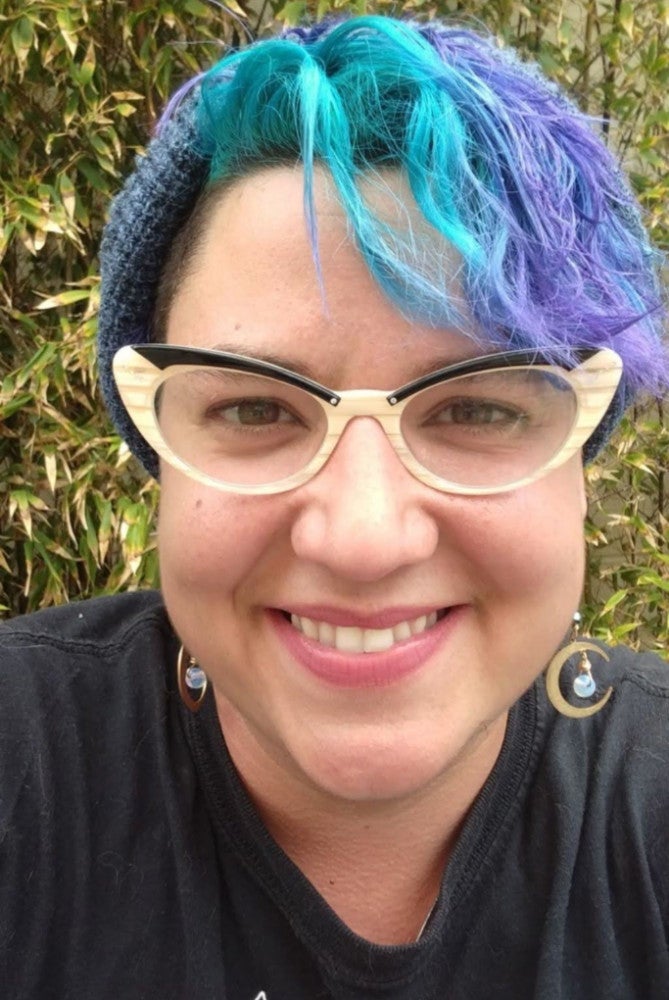
It’s been an extraordinary two years, and we’ve all dealt with everything in our own ways. An exhibit at the UC Santa Barbara Library highlights the creative ways people have been coping with two of our biggest experiences: the COVID pandemic and the Black Lives Matter movement.
“A Call to Action,” on the third floor of the library’s Special Research Collection, brings together art projects — communal and individual — that address these two issues. The exhibit consists of materials donated to two archives, the UCSB COVID-19 Community Archives Project and the Santa Barbara Black Lives Matter Community Archives Project.
The exhibit was conceived in 2019 to showcase student- and community-created works that were already held in Special Research Collections (SRC), said Paige Sundstrom, a librarian who curated the exhibit with librarian Des Alaniz and archivist Calli Force.
And then the pandemic hit, and the curation team shifted gears, reimagining the labor and execution of the exhibit.
“Specifically, once Calli joined the curation team, she had the amazing idea to focus on the ongoing donations to the Santa Barbara Black Lives Matter and Covid-19 Community Archives projects established in Spring 2020,” Alaniz said. “The infrastructure that was already in place for these two community archives allowed us to collect submissions for the exhibit.”
Both community archives are open for submissions, and submission forms can be found at their respective links above.
The exhibit’s works, which can be viewed online, represent a wide range of submissions — poetry, art, zines, podcasts, posters, academic papers, personal expressions and much more.
“I am shocked by the variety and caliber of creative works we’ve received,” Force said. “It’s been an emotionally gratifying experience being able to view such personal works that provide insight into someone’s individual experience with isolation and loneliness, racism and social justice, or other anxieties or struggles someone has faced.
“The politically and socially charged events during this life-changing pandemic,” she continued, “have moved our community members to produce some incredible pieces that speak from and to the soul. It’s really quite amazing to see it all come together to create one volume of works that includes so many different voices.”
Everyone’s experience with the pandemic and the pursuit of racial justice is different, and the exhibit can inspire viewers to share their own, the curators said.
“I hope visitors who engage with the space and their community’s vulnerability and creative output will be inspired to submit their own works to the community archives,” Sundstrom said.
“I hope people are able to make the connection that the story being told and the way it actually happened are often very different things,” added Force, “and that documenting their stories and ensuring their histories are recorded in their own words is a critical way to keep social justice movements alive. I hope this exhibit makes people stop and think for a moment and react from a place of compassion and curiosity instead of judgment and fear.”
